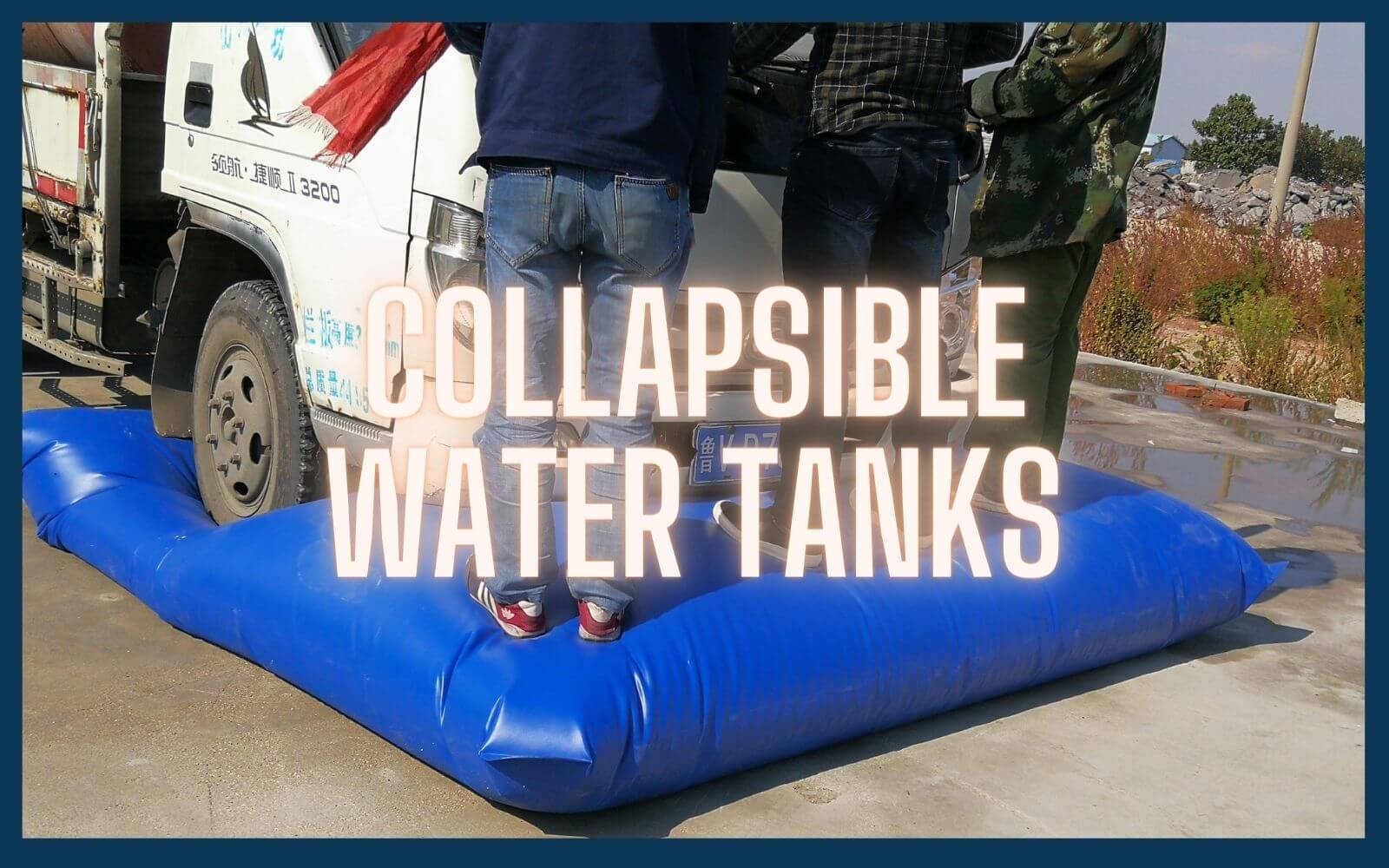Collapsible water tanks, also known as pillow tanks, have become increasingly popular for their versatility and convenience in storing water.
As a flexible and portable water storage solution, many users wonder about the lifespan of these tanks and how long they can be used effectively.
In this article, we will explore the factors that affect the lifespan of collapsible water tanks and provide insights on maximizing their usage and durability.
The lifespan of a collapsible water tank largely depends on the quality of materials used in its procedures.
High-quality tanks are typically made from robust fabrics that are resistant to punctures, UV degradation, and chemical exposure.
When selecting a collapsible water tank, opt for tanks made from durable and reputable materials that are specifically designed for long-term water storage.
Proper maintenance plays a crucial role in extending the lifespan of a collapsible water tank. Some maintenance tips include:
- Regular Inspection: Conduct routine inspections to check for signs of wear, damage, or leaks. Promptly repair any identified issues to prevent further deterioration.
- Water Quality: Monitor and maintain optimal water quality parameters, including temperature, pH levels, dissolved oxygen, and ammonia levels. Regular water testing and appropriate filtration systems are vital for a healthy tilapia farming environment.
- Cleaning and Disinfection: Regularly clean the tank to remove debris, sediments, and potential contaminants. Follow flixtank’s guidelines for cleaning and disinfection procedures.
- Avoiding Sharp Objects: Prevent contact with sharp objects or abrasive surfaces that could cause damage to the tank fabric.
- Protecting from Extreme Temperatures: Avoid exposing the tank to extreme temperature fluctuations, as this can accelerate material degradation. If necessary, consider insulating or shading the tank to regulate temperature changes.
The lifespan of a collapsible water tank can be influenced by environmental factors. Here are some considerations:
- Exposure to Sunlight: Prolonged exposure to direct sunlight can degrade the tank material over time. Whenever possible, position the tank in a shaded area or use UV-protective materials, please contact us.
- Weather Conditions: Extreme weather conditions, such as heavy winds, hail, or snow, can impact the lifespan of a collapsible water tank. Properly securing the tank and taking necessary precautions during severe weather events can help minimize damage.
- Water Quality: The quality of the water stored in the tank can also affect its lifespan. Regularly monitor water quality parameters and implement appropriate filtration and treatment methods to prevent the growth of algae, bacteria, or other contaminants that could compromise the tank’s integrity.
How the tank is used and handled can influence its lifespan. Consider the following:
- Avoid Overfilling: Do not exceed the recommended capacity of the tank. Overfilling can put excessive stress on the seams and fabric, leading to potential leaks or failure.
- Proper Installation: Ensure the tank is properly installed on a level surface, following the our guidelines. Proper installation helps distribute the weight evenly and reduces strain on the tank.
- Handling with Care: Handle the tank carefully during setup, transport, and storage to prevent unnecessary strain or damage to the fabric.
The lifespan of a collapsible water tank can vary depending on factors such as material quality, maintenance practices, environmental conditions, and usage patterns.
By selecting a high-quality tank, implementing proper maintenance and care, considering environmental factors, and using the tank responsibly, users can maximize the lifespan and durability of their collapsible water tanks.
With regular inspections, appropriate cleaning, and adherence to usage guidelines, collapsible water tanks can provide reliable and efficient water storage for over 10 years, making them a valuable investment for various applications.








